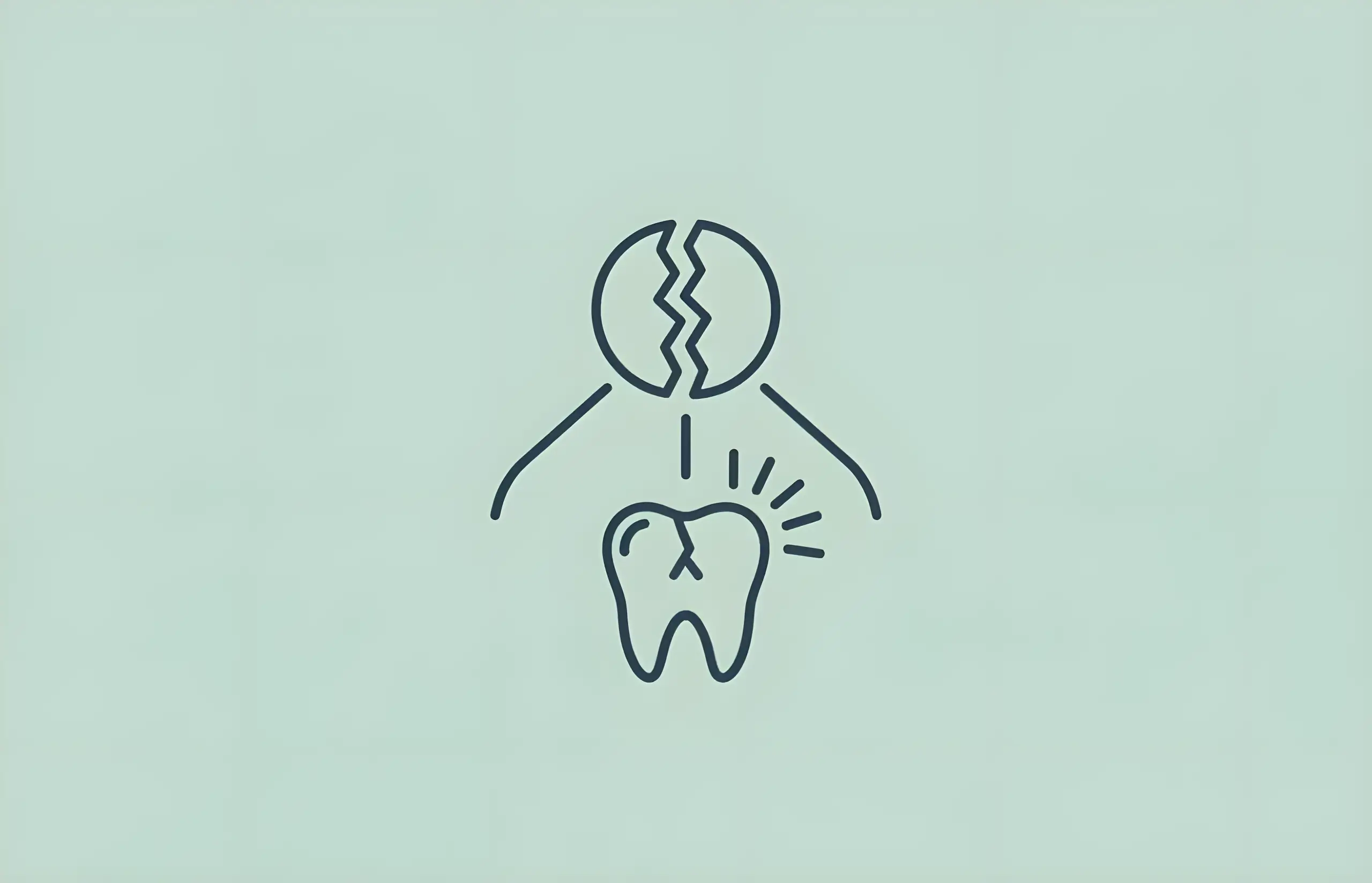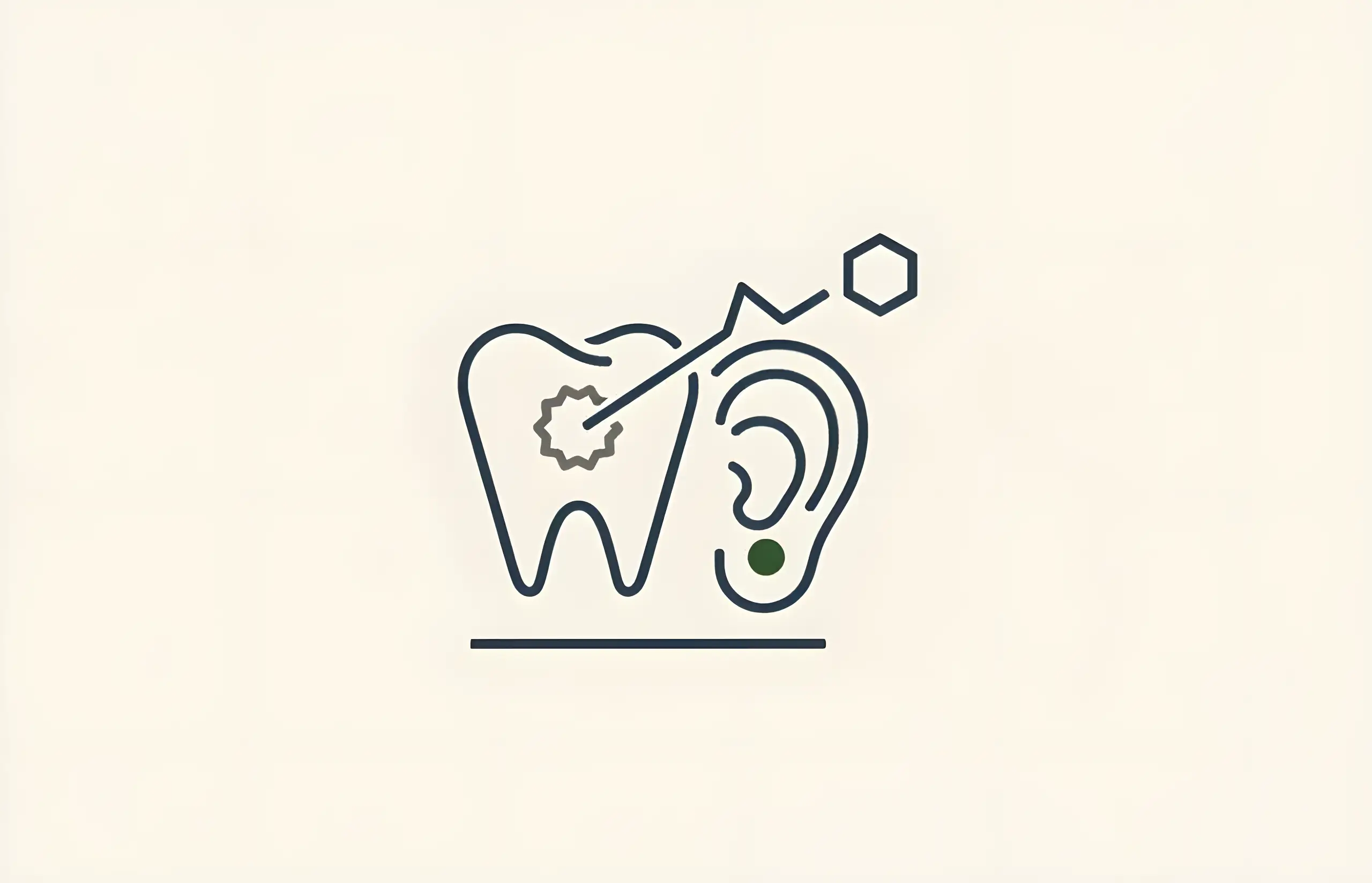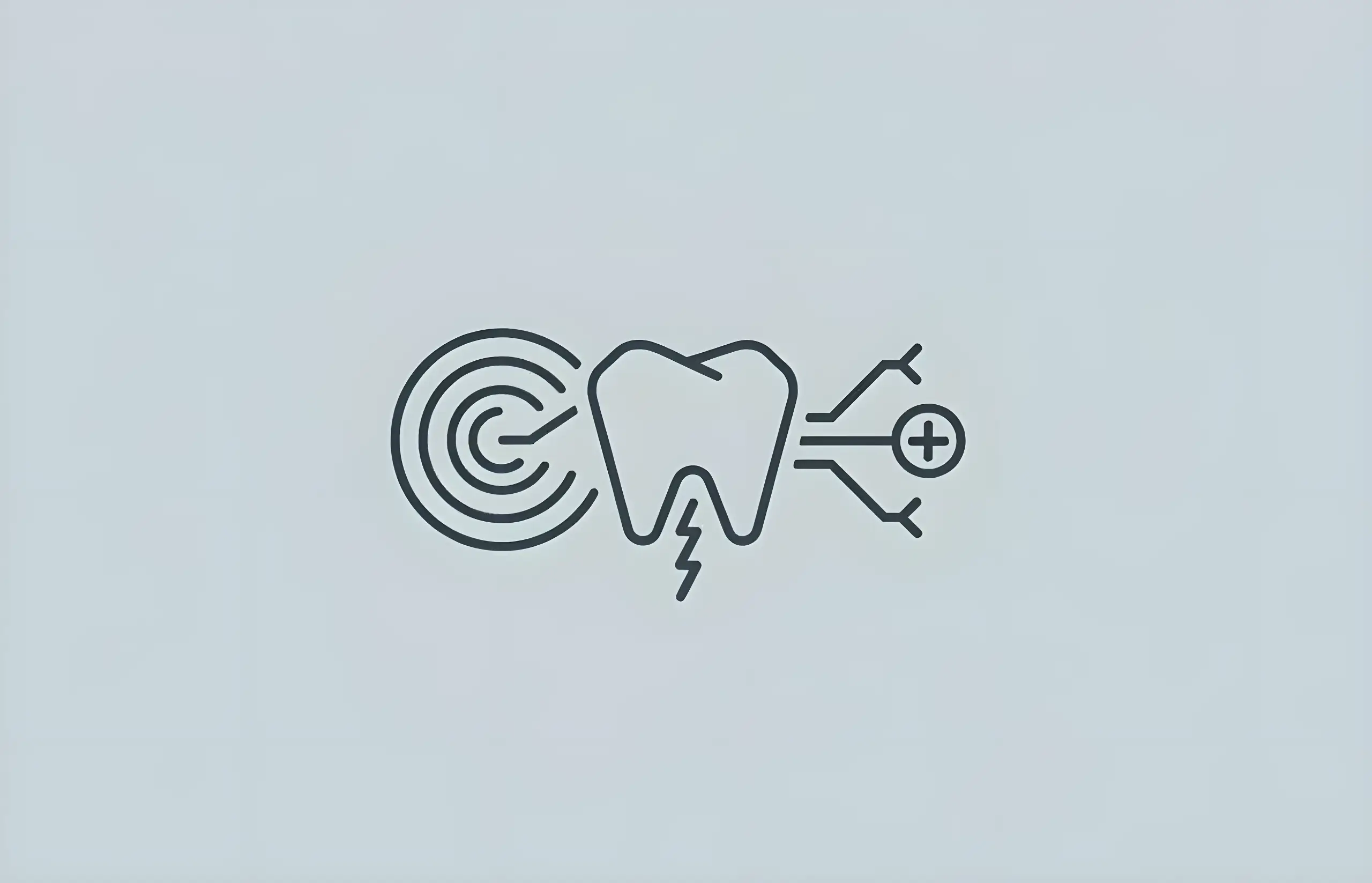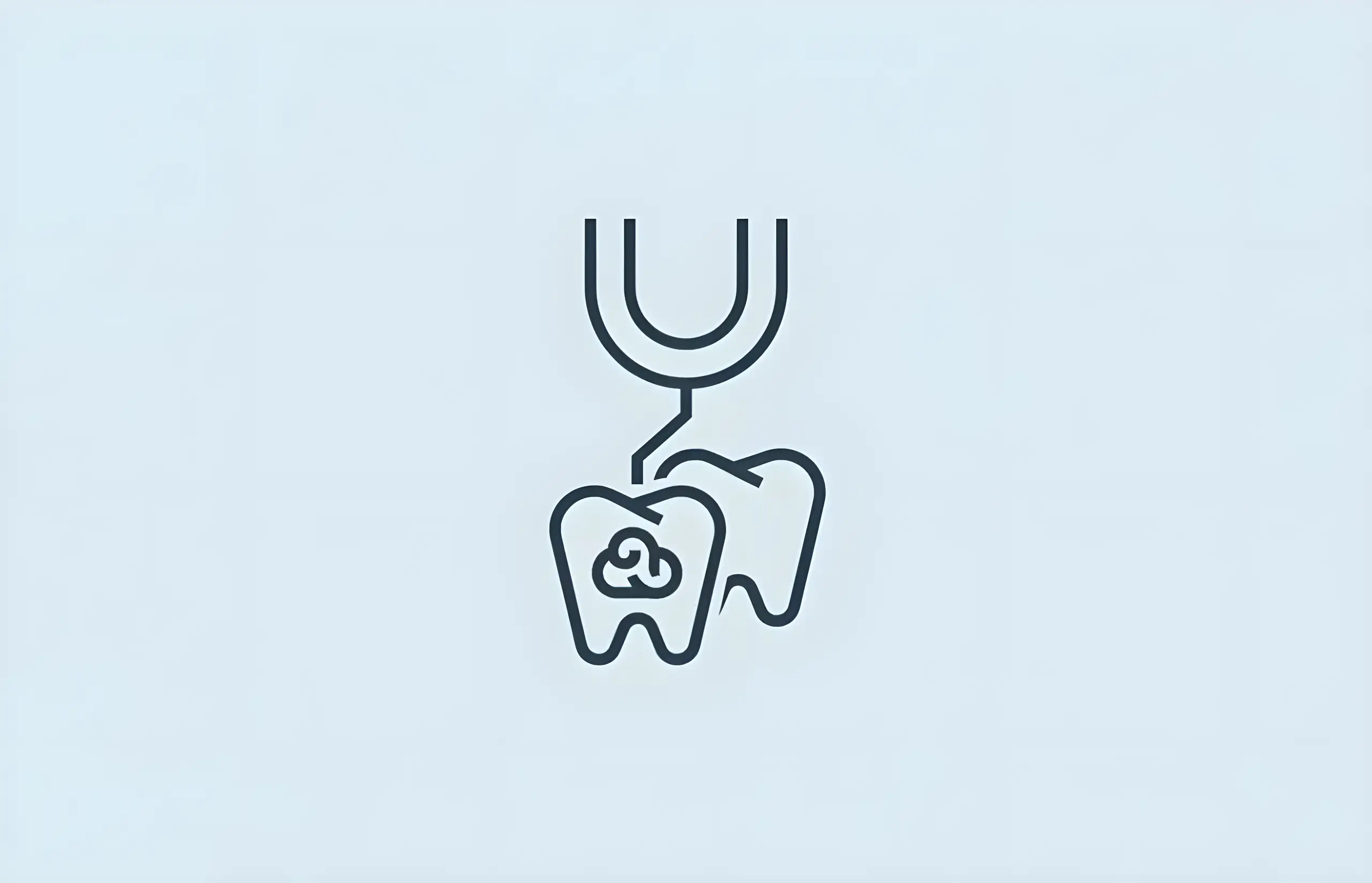As well as being an unpleasant condition in its own right, a sinus infection or sinusitis can also cause tooth pain. This is because the pressure of inflamed sinuses and their drainage starts affecting the nearest teeth. Prolonged sinus infections often end up hurting the rear teeth of the upper teeth as they are situated close to the sinuses.
Research shows that approximately 10-40% of chronic maxillary sinusitis cases are the result of dental pathology, while a 2023 systematic review found that the pooled prevalence of maxillary sinusitis of odontogenic origin is 50-51% per patient. This bidirectional relationship means dental infections can cause sinus problems, and sinus infections can create tooth pain.
Let us take a look at how sinus infections affect your teeth and when you should visit your doctor:
What Are Sinuses?
There are four pairs of cavities full of air in your head. They are located near your eyes, cheekbones, and forehead. They are lined with cilia, tiny hairs that help filter the air you breathe. They also warm the air and make it moist to make breathing more comfortable.
The mucus that comes out of your nose is produced in the sinuses. It is meant to clean out your nose. However, when the sinuses become filled with fluid, they can get infected.
Since they are located close to your cheekbones, the congestion in the sinuses can make your teeth hurt. The roots of the teeth in your upper jaw are close to the sinuses, so irritated sinuses can transfer pain or infection to these teeth too. This anatomical proximity explains why the maxillary sinuses—the pair located behind your cheekbones—are most commonly associated with dental symptoms.
Toothache from Sinus Infections
Sinus infections can cause toothaches. The kind of pain you experience is very similar to an ordinary toothache, but there are a few distinguishing factors that can help you differentiate a normal toothache from a toothache caused by sinusitis.
If your pain is localized to the upper molars and affects several teeth at once, it could be from a sinus infection. Research indicates that the maxillary first molar is most frequently involved (35.6% of cases), followed by the second molar (22%), third molar (17.4%), and second premolar (14.4%).
If you also experience other signs of a sinus infection like tenderness near your eyes and forehead, fever, lethargy, earache, or throat pain, the toothache is likely caused by a sinus infection.
Toothaches caused by sinus infections always get worse when you move. This is because the fluid blocking the sinuses shifts, and you can feel it in your teeth. Pain that increases with head position changes or bending forward is characteristic of sinus-induced tooth pain.
If the toothache is caused due to a dental problem, the pain will be more intense and usually affect only one tooth. Dental pain is typically accompanied by sensitivity to hot, cold, or sweet foods, and swollen or tender gums around the specific tooth.
Sinus Infections Caused by Dental Infections
Sinusitis can cause dental pain, but dental infections can also cause sinus infections. This condition, known as odontogenic sinusitis, occurs because the sinuses are close to teeth in the upper jaw, and the infection can easily spread from the teeth to the sinuses.
Research analyzing 674 patients revealed the distribution of odontogenic sinusitis causes:
- Iatrogenic injury (dental procedures): 65.7% of cases
- Apical periodontal disease (tooth decay, abscesses): 25.1%
- Marginal periodontitis (gum disease): 8.3%
The proximity of teeth to the floor of the maxillary sinus allows odontogenic infections to penetrate from the oral cavity to the maxillary chamber, violating the Schneiderian membrane (mucosal lining). Dental infection can spread through the adjacent maxillary alveolar bone into the sinus chamber.
The condition predominantly affects individuals aged 40-60 years, with a slight female predominance.
Antibiotics combined with dental treatment are used to treat the infection. They are quite effective when the dental source is addressed, and the infection doesn't return in most cases. However, research emphasizes that dental surgery should be the core component of management.
Treating Sinus Infections
There are many different treatments for sinus infections, depending on their severity. Home remedies prove effective for many people. However, if they don't work for you, you can seek medical help. Here are all your options:
At Home
Hydration: Drink a lot of fluids. Staying hydrated will help thin out the mucus and relieve the pressure on your sinuses. In addition, hot drinks like herbal tea or soup can be very comforting.
Steam Inhalation: Taking in steam will help clear your sinuses. You can use a facial steamer or just boil some water, pour it into a bowl, and keep your head above it. Cover yourself with a towel to trap in the steam. Taking a hot shower can also give the same relief.
Nasal Irrigation: Perform a sinus flush by rinsing your sinuses with saltwater. This washes away any irritants while moistening your sinuses. You can also purchase readymade sinus flush solutions.
Research demonstrates remarkable efficacy for this treatment: a randomized controlled trial showed that 93% of patients using daily hypertonic saline nasal irrigation reported overall improvement in sinus-related quality of life. Patients experienced:
- Improved quality of life scores (from 58.4 to 72.8)
- Decreased symptom severity (from 3.9 to 2.4)
- Reduced antibiotic use
- Less nasal spray dependency
- Minimal side effects
Large-volume, low-pressure nasal irrigation provides greater symptom relief than nasal spray. Hypertonic saline is significantly more effective than isotonic saline for chronic rhinosinusitis, with only mild side effects while improving nasal symptoms and ciliary movement.
Medical Treatments
Medications: When home remedies don't work, a doctor can prescribe decongestants, nasal sprays, or allergy medication. For bacterial infections, antibiotics are prescribed. Research indicates that amoxicillin-clavulanate is the preferred initial antibiotic, targeting both aerobic and anaerobic bacteria commonly associated with odontogenic sinusitis.
Pain Relief: For sinusitis-induced tooth pain, you can take over-the-counter painkillers. Applying a hot compress or ice pack or alternating between the two can also relieve tooth pain.
Dental Intervention: If the sinusitis is odontogenic in origin, dental treatment is essential. This may include:
- Root canal therapy to eliminate infection
- Apicoectomy (surgical removal of tooth root tip)
- Tooth extraction if the tooth cannot be saved
Endoscopic Sinus Surgery (ESS): Recommended when symptoms persist despite medical and dental treatment, or when the osteomeatal complex is obstructed. CT imaging is the gold standard for diagnosis, revealing mucosal thickening of ≥2mm associated with dental pathology such as oroantral fistulas, foreign bodies, or periapical abscesses.
Research confirms that concomitant management with both endoscopic sinus surgery and dental surgery is most effective, ensuring complete resolution of odontogenic maxillary sinusitis.
When Should You See a Doctor?
Determining the cause of tooth pain is not always easy. If your tooth pain persists for a long time or continues after your sinusitis is gone, you should consult your dentist to determine what is causing it.
Research shows that up to 86% of odontogenic maxillary sinusitis cases can go undiagnosed on conventional X-rays because inflammation may not appear clearly. This makes professional evaluation with proper imaging essential.
Alternatively, if the pain and discomfort are severe, you should schedule an appointment with your dentist as the underlying cause for the pain might be a dental problem like a cavity or an abscess requiring immediate treatment.
See a dentist if:
- Tooth pain persists after sinus infection resolves
- Pain is severe and localized to one specific tooth
- You have visible tooth damage, swelling, or gum problems
- Sensitivity to hot, cold, or sweet foods accompanies the pain
See a doctor if:
- Sinus symptoms last more than 10 days
- You have high fever or severe headache
- You experience vision changes or facial swelling
- Symptoms worsen despite home treatment
Early intervention prevents complications such as chronic sinusitis, oroantral fistula formation, or spread of infection to orbital or intracranial spaces.
Wrapping Up
Sinuses and dental problems might seem unrelated, but the cause of your toothache might very well be a sinus infection because the two are connected anatomically. This works the other way around too, where dental infections can spread to the sinuses.
Research confirms the significant bidirectional relationship: approximately 10-40% of chronic maxillary sinusitis cases originate from dental sources, while a 2023 meta-analysis found that 50-51% of maxillary sinusitis may be odontogenic in origin. Dental procedures account for 65.7% of odontogenic sinusitis cases, followed by apical periodontal disease (25.1%) and marginal periodontitis (8.3%).
Fortunately, the treatment is relatively effective when properly managed. You can try home remedies like nasal saline irrigation, which research shows produces 93% patient satisfaction with significant symptom improvement. For bacterial infections, get prescription antibiotics combined with appropriate dental treatment if the infection is odontogenic in origin.
Remember that dental surgery should be the core component of management for odontogenic sinusitis, with concomitant dental and sinus surgery being most effective for complete resolution. Early professional evaluation ensures proper diagnosis and prevents complications.
Sources and References
-
[1]
Odontogenic sinusitis: A review of the current literatureLaryngoscope Investigative Otolaryngologyhttps://pmc.ncbi.nlm.nih.gov/articles/PMC5915825/
-
[2]
Global Prevalence of Maxillary Sinusitis of Odontogenic Origin and Associated Factors: A Systematic Review and Meta-AnalysisJournal of Endodonticshttps://pubmed.ncbi.nlm.nih.gov/36754253/
-
[3]
Odontogenic maxillary sinusitis: A comprehensive reviewJournal of Dental Scienceshttps://pmc.ncbi.nlm.nih.gov/articles/PMC7770314/
-
[4]
Efficacy of daily hypertonic saline nasal irrigation among patients with sinusitis: a randomized controlled trialJournal of Family Practicehttps://pubmed.ncbi.nlm.nih.gov/12540331/
All sources accessed and verified on . Medical information reviewed for accuracy and compliance with current guidelines.
Related Articles

What Causes Tooth Pain after Biting a Hard Object?
Comprehensive guide to tooth pain causes including bruised ligament, high restorations, cavities, cracked teeth, and gum infections, with diagnostic approaches and treatment options

Causes of Toothache and Ear Pain on the Same Side
Complete guide to understanding why toothache and ear pain occur together including TMJ disorders, dental infections, bruxism, sinusitis, and treatment options

Wisdom Tooth Infection: Causes, Symptoms & Treatment
Comprehensive guide to wisdom tooth infections including impaction, cavities, and post-extraction complications, with detailed symptoms and evidence-based treatment options
About The Dental Guide
The Dental Guide is a trusted online resource providing evidence-based information about dental health, treatments, and procedures. Our content is created and reviewed by qualified dental professionals to help you make informed decisions about your oral health.
Our Mission
- Evidence-based dental information
- Expert-reviewed content
- Clear, accessible explanations
- Latest treatment options
- Patient-focused guidance
Editorial Standards
- GDC-registered dental professionals
- Peer-reviewed sources
- Regular content updates
- Medical accuracy verification
- Transparent authorship
Important Notice
The information on The Dental Guide is for educational purposes only and should not replace professional dental advice. Always consult with a qualified dentist for diagnosis and treatment recommendations tailored to your individual needs and circumstances.
Medically Reviewed
Reviewed by Dr. Nasim Mechoui , BDS (Bristol)
Share this article
Comments & Discussion
Have questions about dental implants? Share your thoughts or experiences.
